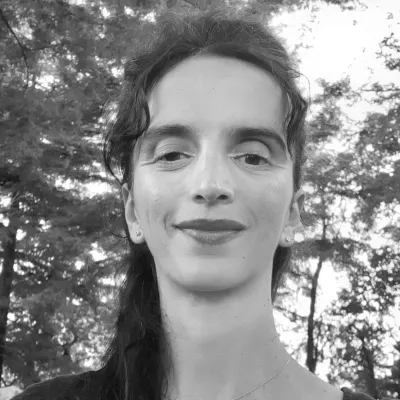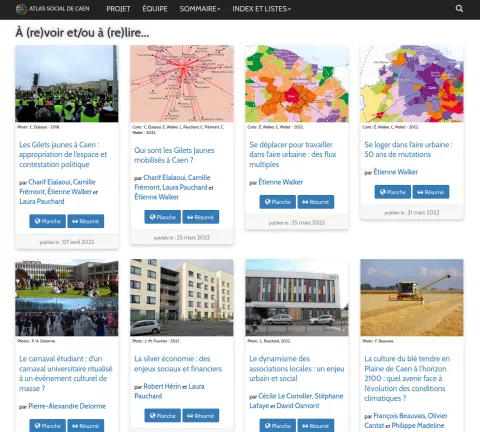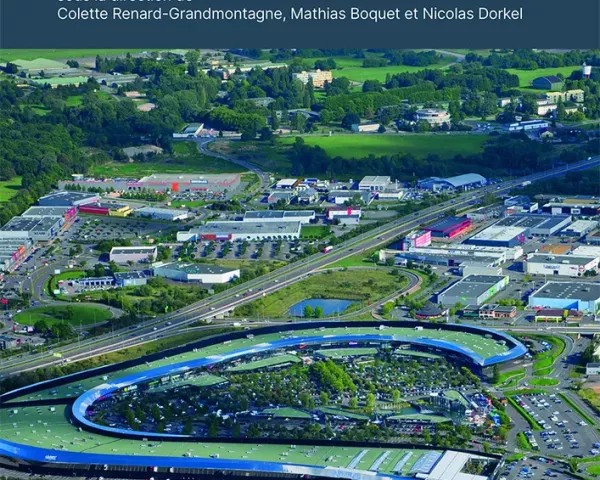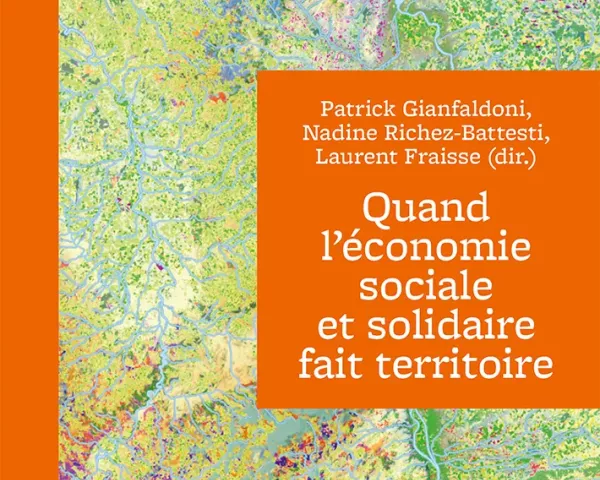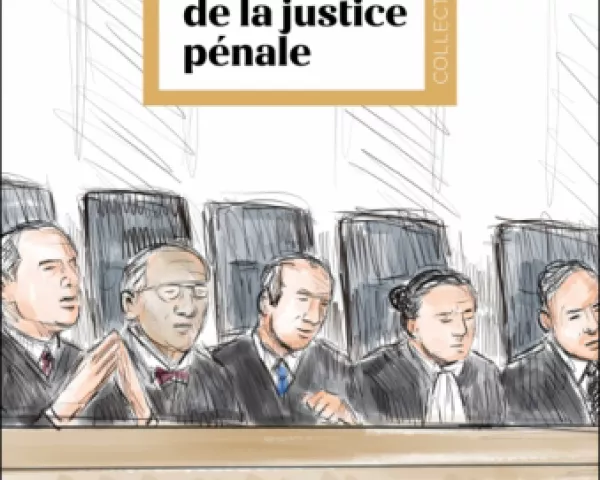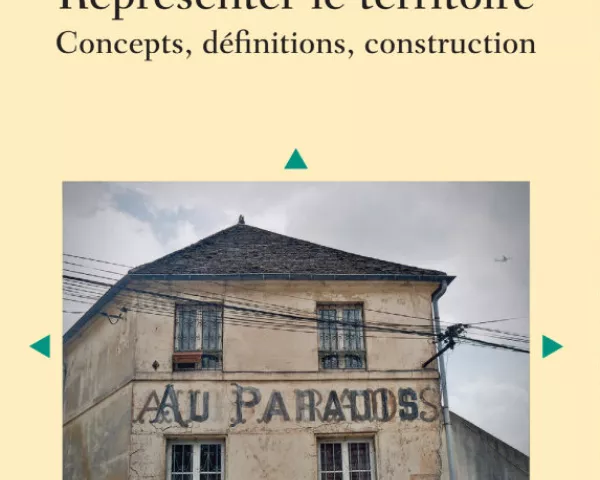Analysis model of city dwellers’ adaptive strategies to extreme weather events
Géraldine Molina, Léo Hureau. Analysis model of city dwellers’ adaptive strategies to extreme weather events. ICUC 11, International Conference on Urban Climate, Aug 2023, Sydney (AUSTRALIA), Australia. ⟨hal-04384402⟩
A climate "adaptive strategy" (Molina, 2016) corresponds to an action or a set of actions implemented by an individual to protect themselves from the impacts of extreme events (heat wave, extreme cold, storm, flood, etc.) and preserve their thermal comfort. The proposed model integrates an overview of the main adaptive strategies deployed by city dwellers to protect themselves from the negative effects of extreme weather events and analyzes their main characteristics. This model was built from the results of several field surveys conducted by a research team (ESO-IRSTV) on the populations of 2 French cities in Europe (Lyon, Nantes) from 2016 to 2022. Different survey techniques from social sciences were used to collect the data: 140 semi-structured interviews and 1300 questionnaires with the inhabitants, observations of the populations, participant observations, field surveys, a participatory science campaign, cross-referencing of questionnaires from users and measurements with a mobile station in public spaces. In order to explore the factors of social differentiation and inequality, the model analyzes the resources necessary for the development of these strategies, the limits and levels of difficulty in implementing these strategies. The adaptive strategies are represented there through geographical scales starting from a micro-territorial scale, the one of the individual and going from the nearest to the most distant (from the body to the distant spaces of the region to the international scale). The model analyzes the major characteristics of these strategies: type of adaptation, dominant element of thermal comfort on which the strategy is based, dominant technical dimension (high or low tech), time resources necessary for implementation, financial accessibility... The type of adaptation includes, among other things, the modification of housing, clothing adaptations or even the use of a refuge space.
A climate "adaptive strategy" (Molina, 2016) corresponds to an action or a set of actions implemented by an individual to protect themselves from the impacts of extreme events (heat wave, extreme cold, storm, flood, etc.) and preserve their thermal comfort. The proposed model integrates an overview of the main adaptive strategies deployed by city dwellers to protect themselves from the negative effects of extreme weather events and analyzes their main characteristics. This model was built from the results of several field surveys conducted by a research team (ESO-IRSTV) on the populations of 2 French cities in Europe (Lyon, Nantes) from 2016 to 2022. Different survey techniques from social sciences were used to collect the data: 140 semi-structured interviews and 1300 questionnaires with the inhabitants, observations of the populations, participant observations, field surveys, a participatory science campaign, cross-referencing of questionnaires from users and measurements with a mobile station in public spaces. In order to explore the factors of social differentiation and inequality, the model analyzes the resources necessary for the development of these strategies, the limits and levels of difficulty in implementing these strategies. The adaptive strategies are represented there through geographical scales starting from a micro-territorial scale, the one of the individual and going from the nearest to the most distant (from the body to the distant spaces of the region to the international scale). The model analyzes the major characteristics of these strategies: type of adaptation, dominant element of thermal comfort on which the strategy is based, dominant technical dimension (high or low tech), time resources necessary for implementation, financial accessibility... The type of adaptation includes, among other things, the modification of housing, clothing adaptations or even the use of a refuge space.
